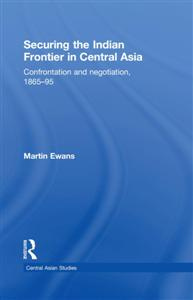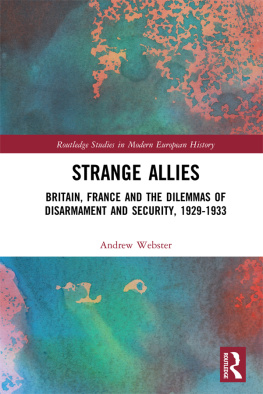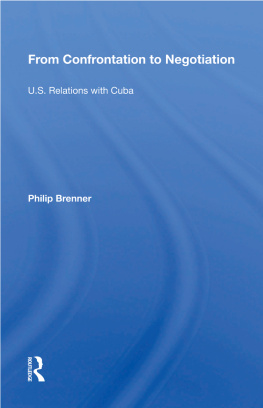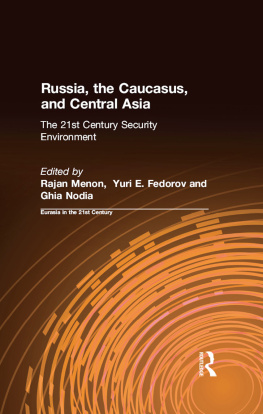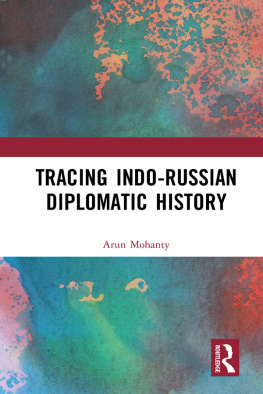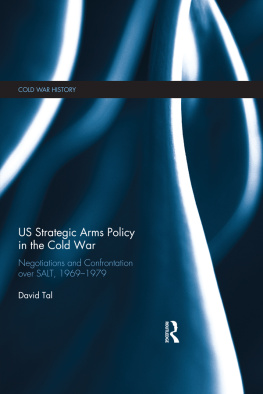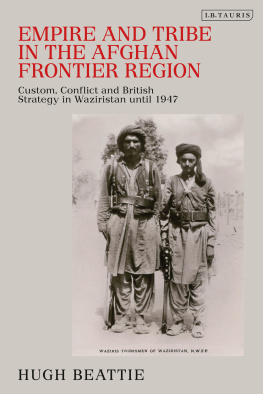First published 2010 by Routledge
2 Park Square, Milton Park, Abingdon, Oxon 0X14 4RN
Simultaneously published in the USA and Canada by Routledge
270 Madison Avenue, New York, NY 10016
Routledge is an imprint of the Taylor & Francis Group, an Informa business
This edition published in the Taylor & Francis e-Library. 2010.
To purchase your own copy of this or any of Taylor & Francis or Routledges collection of thousands of eBooks please go to www.eBookstorc.tandf.co.uk.
2010 Martin Ewans
All rights reserved. No part of this book may be reprinted or reproduced or utilised in any form or by any electronic, mechanical, or other means, now known or hereafter invented, including photocopying and recording, or in any information storage or retrieval system, without permission in writing from the publishers.
British Library Cataloguing in Publication Data A catalogue record for this book is available from the British Library
Library of Congress Cataloging-in-Publication Data Ewans, Martin, Sir, 1928-Sccuring the Indian frontier in Central Asia : confrontation and negotiation, 1865-1895 / Martin Ewans.
p. cm. (Central Asian studies series ; 23)
Includes bibliographical references and index.
1. Asia, CentralFlistory19th century. 2. Asia, CentralBoundaries.
3. GeopoliticsAsia, CentralHistory19th century.
4. Great BritainForeign relationsRussia. 5. RussiaForeign relationsGreat Britain. I. Title.
DS329.4.E95 2010
954.03'5dc22 2009038708
ISBN 0-203-85512-4 Master c-book ISBN
ISBN 10: 0^115-49681-0 (hbk) ISBN10: 0-203-85512-4 (cbk)
ISBN 13: 978-0-415-49681-0 (hbk) ISBN 13: 978-0-203-85512-6 (ebk)
So long as we retain our naval supremacy, the British Empire, except on the North-West frontier of India, is practically secure from attack. For India special arrangements must be made, and viewing England and Russia as continental powers in Central Asia ... is regarded out here as essential to the maintenance of this great Empire.
Lord Roberts
Badakhshan is unquestionably the most important of all [the principalities] in Central Asia. Without possessing and colonising it we can never guarantee peace in Turkestan, or even the solidity of our rule there.... Possessed of it we could command the northern outliers of the Flindu Kush and the passes over this range... Without Badakhshan the Russians must consider themselves in Central Asia as guests, without settled habitation and unable to form one ... Badakhshan, Kunduz and Balkh ... are the advanced posts of the English, from which they intend ... to give Russia no peace in her Central Asian possessions and to exhaust her means of putting down revolt... It is impossible not to express admiration for the far-sightedness of British policy.
Colonel Veniukov
Introduction
The aim of this book is to describe and analyse the relationship between Britain and Russia in Central Asia during the years 1865 to 1895, with a particular focus on the efforts that were made to establish a firm and sustainable dividing line between their respective spheres of influence. These efforts were ultimately successful in producing a frontier which has lasted to the present day. The three decades in question were significant because they were bounded by two decisive events; in 1865 by General Cherniaevs high profile storming of Tashkent, which overturned Russias stationary policy; and, at the conclusion, by the Pamir Agreement of 1895, in which the two powers put the finishing touches to their frontier negotiations. Central Asia was significant because it was the sole region in the world where Russia, with her preponderant military strength, could bring effective pressure to bear on British territory. Elsewhere, British naval power gave her a decisive invulnerability, and her Indian empire was immune to attack from the sea. From the direction of Central Asia, however, there was a perceived threat, if not of actual invasion, then at least of an advance sufficient to generate unrest, or open up opportunities for subversion, in this jewel of the British Crown.
Immediately prior to 1865 Russias policy in Central Asia, as it was presented by her ministers and approved by Tsar Alexander II, had been to join up and consolidate the advances that had earlier been made along the lower Syr Darya and to the cast in Siberia. Further advances had been expressly ruled out and a declaration had been made that this was the limit of Russias ambitions.
The occupation of Central Asia would also bring a further major advantage, defensive in nature. Although the British were broadly unaware of it, the Russians were no less nervous about the security of their possessions in Turkestan than the British were about their Indian empire. The further they advanced, they believed, the more secure their hold. Russias natural frontier was seen to lie on the Hindu Kush to the south, which would provide both a defensible limit and, if necessary, a launch pad for operations beyond.
It was not surprising that Britain should have been nervous about these Russian advances, which many believed had India as their ultimate objective. There had been earlier evidence of Russian ambitions in this direction and plans for an invasion of India had at various times been drawn up by Russian generals. The Russian military were smarting from their humiliation in the Crimean War and made no secret of their wish to march on India. Following the Indian mutiny of 1857, the British lacked confidence in the security of their Indian empire, particularly in the event of a Russian army appearing in the vicinity. They were also concerned about the reliability of the intervening states, Afghanistan, Kashmir and the hill states between the two. Afghanistan in particular, it was feared, might well prove hostile, to the extent of coming to an accommodation with Russia. There was also much uncertainty about the appropriate counter to any Russian advances: should a British army advance through Afghanistan, or should any threat be met on the Indus?
Compounding these problems was an appreciable ignorance of the geography of the region, combined with a curious lack of appreciation both of the logistic difficulties which would attend any Russian assault on India, and indeed of Russias ability to mount such an operation at all. In 1877 a British attempt to prepare an invasion of Central Asia fell apart for logistical reasons almost before it had started, while in 1880, General Skobelev took all of five months to collect supplies for a relatively limited attack on the Turkmen fortress of Geok Tepe. The difficulties of terrain and supply effectively ruled out any Russian expedition against India over the considerable distances involved. Also unrealistic were the estimates of Russian offensive capability. As early as 1830, the British Ambassador at St Petersburg, Lord Haytesbury, had made what turned out to be a sound judgement:
Whatever wild projects may be germinating in the heads of Russians generally, the Emperor and his government have, I am convinced, too thorough a consciousness of the real weakness of the country, to entertain for an instant a serious thought of even embarking on so gigantic an enterprise as the marching of an army to India... Even admitting its possibility (which is a bold admission) Russia is far too behindhand in civilisation, as well as in everything which constitutes real military greatness, to allow the entertainment of such a project for many, many years to come.
This toxic brew of ignorance, fear and misperception combined to create what has been called one of the most nefarious vicious circles in history. When a crisis arose in the relationship between the two powers, the Russians were tempted to exert pressure in Central Asia, as the only region where this was possible, and this generated a British response which was in turn seen as provocative. A growing legacy of mistrust, exacerbated by what seemed to be an inexorable Russian advance, complicated the incidents that arose, and a mutual misreading of intentions gave diplomats an exceptionally difficult task in resolving disputes. In the three decades in question, the two most powerful states in Asia were more than once to come to the verge of war, and it took them the whole of this time to resolve their differences to the extent that they ceased to regard each other as a major threat. The period is one of considerable complexity, but, if only because it led to the settlement of Indias frontier with Central Asia, it is by no means lacking in historical interest.
Next page
